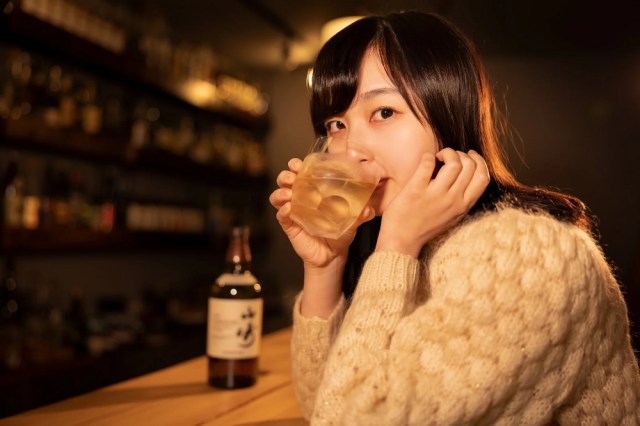New definition of “Japanese whiskey” goes into effect to prevent fakes from fooling overseas buyers

Japan Spirits and Liqueurs Makers Association still needs to take one more step though.
About a year ago, I was at a classy liquor store in America, looking for a bottle of whisky to buy as a present for a friend. Since that friend likes traveling to Japan, I was looking specifically for a bottle of Japanese whisky, and thankfully the store had a whole self section for them.
The weird thing, though, is that there were a whole bunch of “Japanese whiskies” which I’ve never seen for sale in Japan.
With Japanese whiskies booming in popularity worldwide, there’s been an increase in companies looking for ways to fudge the details in order to claim that their product fits the desired designation. Sometimes the whisky itself was produced in other countries and simply imported into Japan before its final bottling as “Japanese whisky” and exported for sale overseas. Some “Japanese whiskies” have even been found to be mixtures of whisky and shochu, a completely different type of spirit.
This is obviously something that Japan’s bona fide whisky producers aren’t happy about, since it has the potential to erode the distinct identity and reputation for high quality that it took so long for Japanese whisky to achieve. So as of the start of this month, the Japan Spirits and Liqueurs Makers Association is putting into effect a new, stricter definition that it wants distillers to comply by if they’re going to label their products as “Japanese whisky.”
Part of the reason the loophole has remained open so long is that the Japanese legal system’s Liquor Tax Law makes no formal designation of what constitutes “Japanese whisky.” Left to come up with their own parameters, the Japan Spirits and Liqueurs Makers Association has settled on four requirements:
1. Malted grains must be used, and raw ingredients must be limited to malted grains, other cereal grains, and water. The water used must be extracted in Japan.
2. Saccharification, fermentation, and distillation must be carried out at a distillery in Japan.
3. The distilled product must be aged for at least three years within Japan in wooden casks not exceeding 700 liters in size.
4.. Bottling must take place in Japan, with alcoholic strength of at least 40 percent at the time.
In short, to be classified by the association as Japanese whisky, Japanese water must be used, and the whisky must be produced, aged, and bottled in Japan.
▼ These three all pass the test.

The association originally announced the criteria in 2021, but allowed a three-year grace period to give whisk producers ample time to revise their labels and other packaging. As of April 1, though, the points listed above are its official stance on the definition of “Japanese whisky.” The association also asks that whiskies that do not meet its criteria refrain from using “names of people that evoke Japan,” “names of Japanese cities, regions, famous places, mountains and rivers,” and “the Japanese flag or a Japanese era name” in their product labeling/packaging.
It should be pointed out, however, that the Japan Spirits and Liqueurs Makers Association is an industry group, not a governmental regulatory organization. As such, all it can do is strongly ask whisky producers to comply with its Japanese whisky criteria, and the association cannot fine companies that don’t nor prevent them from continuing to label their products as “Japanese whisky.” Because of that, it would seem that the next logical step would be for the Japan Spirits and Liqueurs Makers Association to create a seal of approval or other such marking to be placed on labels of whiskies that do meet its standard for “Japanese whisky,” but the organization has yet to announce such a plan.
Source: Nihon Keizai Shimbun (1, 2), Japan Spirits and Liqueurs Makers Association
Top image: Pakutaso
Insert image ©SoraNews24
● Want to hear about SoraNews24’s latest articles as soon as they’re published? Follow us on Facebook and Twitter!
Credit:

0 comments: